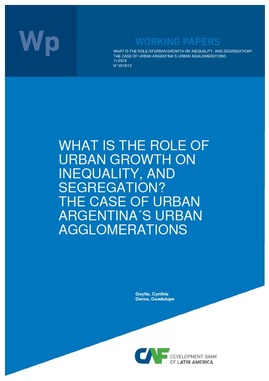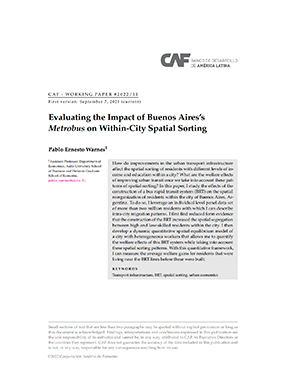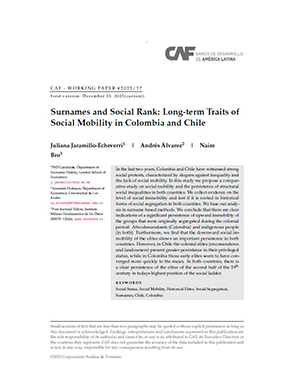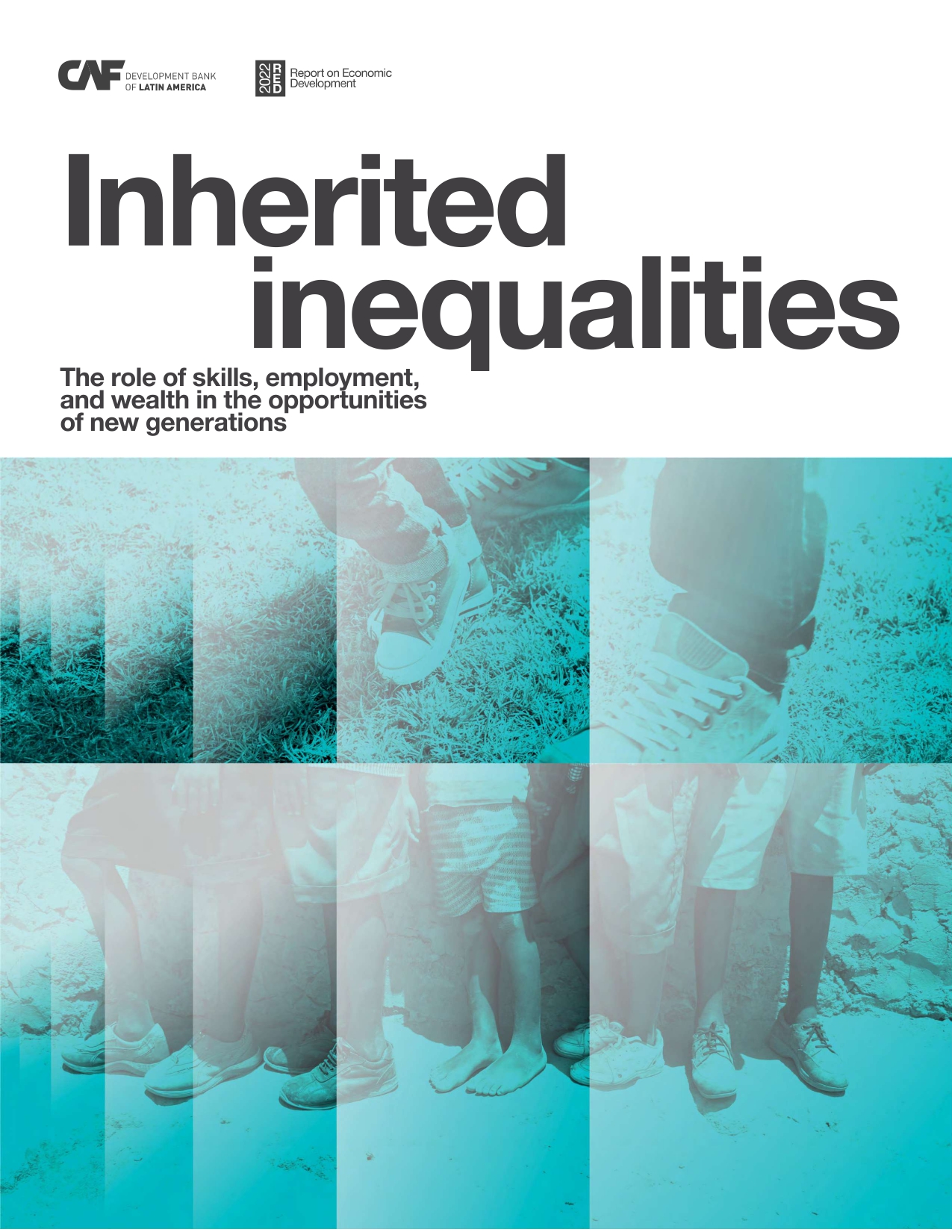What is the Role of Urban Growth on Inequality, and Segregation? The Case of Urban Argentina´s Urban Agglomerations
Abstract
We analyze the relationship between urban sprawl and changing patterns of inequality and segregation in metropolitan areas of Argentina. The existing literature has endeavored to study the determinants of the expansion of cities, but less attention has been placed in understanding the effects of this sprawl on the livelihood of the people that live in them. Understanding whether different patterns of urban extension determine both segregation and inequality is extremely relevant in the context of fast growing urban agglomerates of Latin American countries. Among other findings, we provide evidence that there is segregation of the poor and not of the rich in all urban agglomerates but in Greater Buenos Aires, where segregation of the affluent, not the poor, prevails in the areas of greater informal urban expansion, measured by the extension of informal settlements. Yet, not all the patterns of urban development and built-up growth have the same effect. More leapfrog appears to explain greater segregation -particularly of the poor- while both infill and extension are positively related to more homogeneous urban agglomerations. This means that the most disadvantaged are more evenly distributed in agglomerations that have not seen much of their sprawl due to discontinue urban expansion of their borders. Finally, we also find a positive association between more unequal municipalities and greater slum expansions. The causality of this relationship is unclear and further analysis could be promising. It might be the case that more unequal municipalities allow for institutional environments in which slums can grow faster. Or it might well be that places which have experienced more accelerated slum growth have become more unequal because of the arrival of new families that accentuates such disparities.
Subject
Country / Region
Date
2016-11Cite this publication
Belongs to collection
Author
Goytia, CynthiaDorna, Guadalupe
Items Relacionados
Evaluating the Impact of Buenos Aires’s Metrobus on Within-City Spatial Sorting
How do improvements in the urban transport infrastructure affect the spatial sorting of residents with different levels of in-come and education within ...
Surnames and Social Rank: Long-term Traits of Social Mobility in Colombia and Chile
In the last two years, Colombia and Chile have witnessed strong social protests, characterized by slogans against inequality and the lack of social ...
Inherited inequalities: The role of skills, employment, and wealth in the opportunities of new generations
This edition of the Report on Economic Development (RED 2022) analyzes the problem of persistent inequality from a new perspective, which makes it ...






